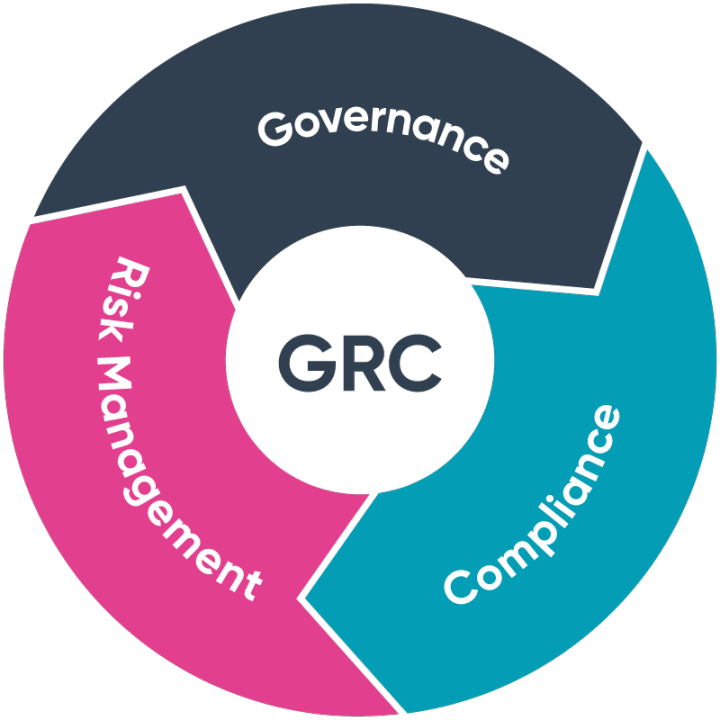
Frequently Asked Questions About Wireless Network Testing
In today’s digital age, the demand for efficient and stable wireless networks is at an all-time high. With the increasing number of connected devices and applications relying on seamless connectivity, the importance of wireless network testing has never been greater. This article addresses some of the most frequently asked questions related to wireless network testing, making it easier for you to understand its significance and nuances.
- What is wireless network testing?
Wireless network testing is the process of assessing the performance, stability, and security of a wireless network. This includes measuring the network’s speed, reliability, and its ability to handle various loads and traffic types. Tests can also identify potential issues, such as interference or weak signals, ensuring optimal performance for end-users.
- Why is wireless network testing crucial?
As businesses and consumers depend heavily on wireless connections – whether it’s for critical applications, entertainment, or smart devices – ensuring a robust and efficient network is paramount. Testing:
Validates the network’s performance against industry standards.
Helps in identifying potential issues before they impact users.
Provides insights to improve coverage and capacity.
Ensures the security of the network, safeguarding against potential threats.
- What tools are used for wireless network testing?
There are many tools available, ranging from simple software applications to sophisticated hardware devices. Some popular tools include:
Wireshark: A widely-used network protocol analyzer.
AirMagnet: Provides comprehensive solutions for analyzing, designing, and troubleshooting wireless networks.
iPerf: Measures the bandwidth and the quality of a network link.
Speedtest by Ookla: A popular tool for testing internet speed and performance.
Remember, while these tools can provide valuable insights, interpreting the results correctly and understanding the real-world implications is equally crucial.
- What are the common challenges in wireless network testing?
Testing a wireless network isn’t always straightforward. Some of the challenges include:
Interference: Other wireless networks, electronic devices, and physical obstructions can interfere with the testing process.
Dynamic Environment: Wireless conditions can change rapidly, making it difficult to replicate test scenarios.
Device Variability: Different devices (smartphones, laptops, IoT devices) might experience the network differently due to hardware or software differences.
- How often should I test my wireless network?
The frequency of testing largely depends on the network’s purpose and environment. For instance:
Businesses: Regular testing (monthly or quarterly) is advisable, especially if the network supports critical operations.
Home networks: A less frequent schedule (bi-annually or annually) might suffice, unless there are noticeable issues.
Event venues or stadiums: Prior to every major event, to ensure that large crowds can access and use the network without glitches.
- Can I conduct wireless network testing myself?
Absolutely! While professionals might use sophisticated tools and have a deeper understanding of network intricacies, there are many user-friendly tools and apps available for basic testing. For advanced needs or if you’re facing persistent issues, consulting with a professional might be beneficial.
- How can I ensure my wireless network’s security during testing?
Security is paramount. When testing:
Always use updated tools that come from reputable sources.
Refrain from sharing test results publicly, as they might reveal network vulnerabilities.
If testing for vulnerabilities specifically, ensure you have backup measures in place in case of a breach.
- What are the future trends in wireless network testing?
With the rollout of 5G and the increasing number of IoT devices, wireless network testing will focus on:
Higher speeds: As networks become faster, tools will need to measure and validate these speeds accurately.
More devices: Testing environments will need to replicate real-world scenarios where countless devices connect simultaneously.
Edge computing: With processing moving closer to data sources, testing will need to incorporate this shift, ensuring that edge nodes are efficient and secure.
- Are there any standards for wireless network testing?
Yes, various organizations like the IEEE (Institute of Electrical and Electronics Engineers) and the Wi-Fi Alliance set standards and best practices for wireless networks. These standards ensure that devices and networks operate efficiently, are interoperable, and maintain a certain level of quality. Adhering to these standards during testing ensures that a network meets or exceeds industry benchmarks.
- How does the advent of 5G impact wireless network testing?
5G promises faster speeds, lower latency, and the ability to handle more simultaneous connections than its predecessors. This means:
Complex Testing: Due to higher frequencies and more advanced technologies like beamforming, testing becomes more intricate.
New Scenarios: With applications like augmented reality (AR) and virtual reality (VR) becoming mainstream, testing needs to account for these use-cases.
Infrastructure Changes: 5G relies on denser infrastructure with small cells, which means more points of potential failure and, consequently, more points to test.
Conclusion
As our reliance on wireless networks grows, the importance of regular and thorough testing cannot be overstated. Whether you’re a business relying on seamless connectivity or an individual seeking optimal home network performance, understanding the ins and outs of wireless network testing can help ensure a smooth and efficient digital experience. With rapid advancements in technology, staying updated and proactive in network management will always be beneficial.
Contact Cyber Defense Advisors to learn more about our Wireless Network Testing solutions.




